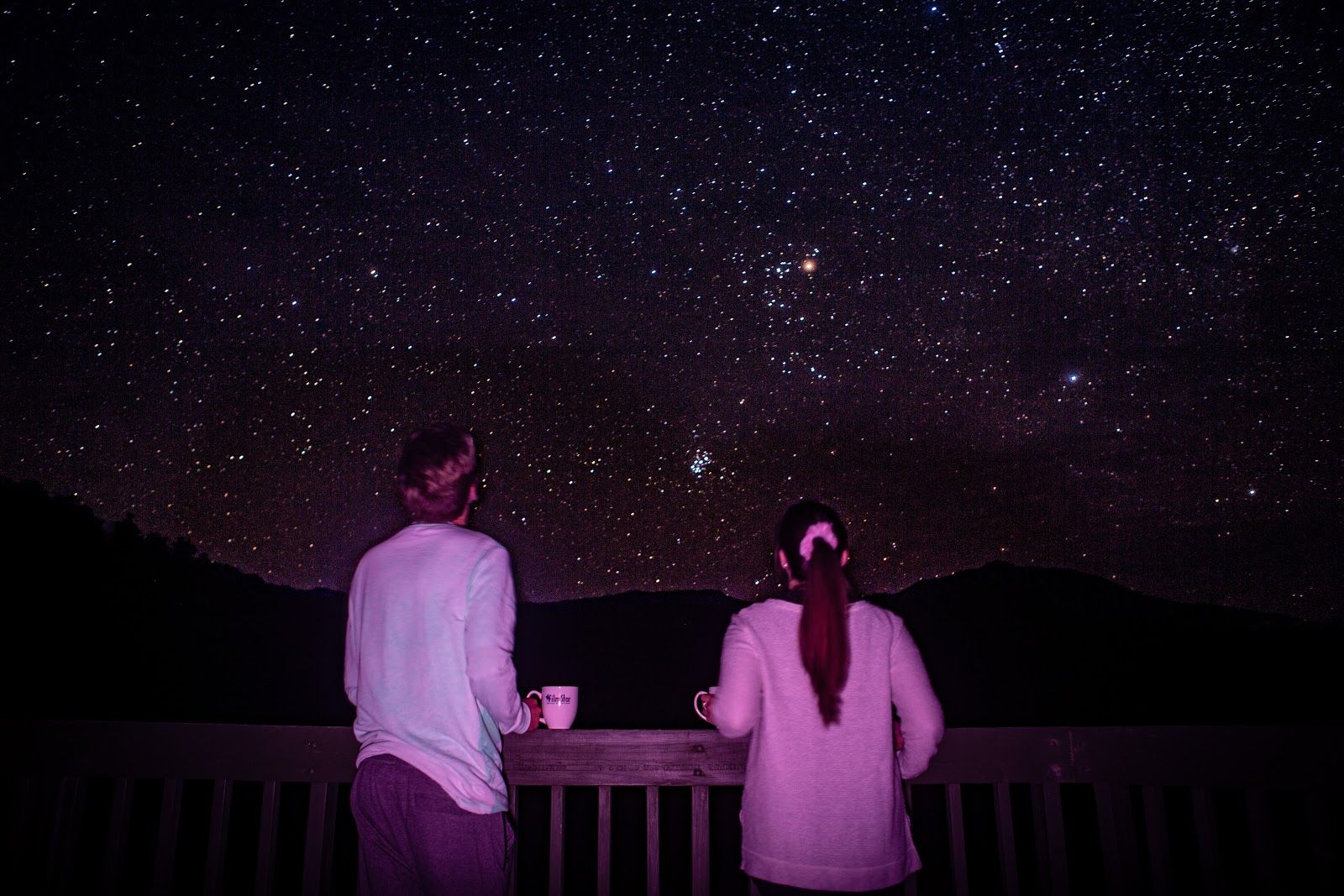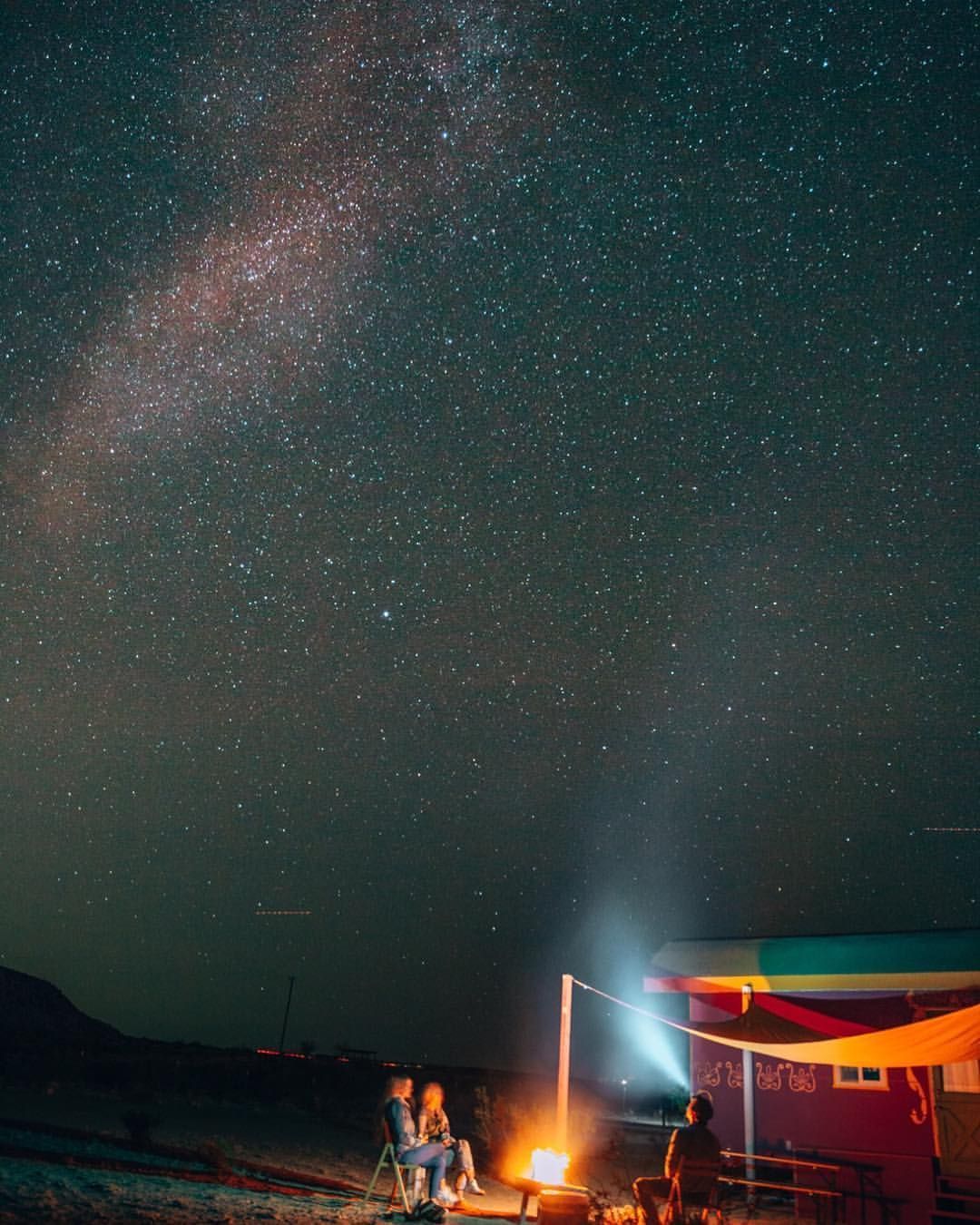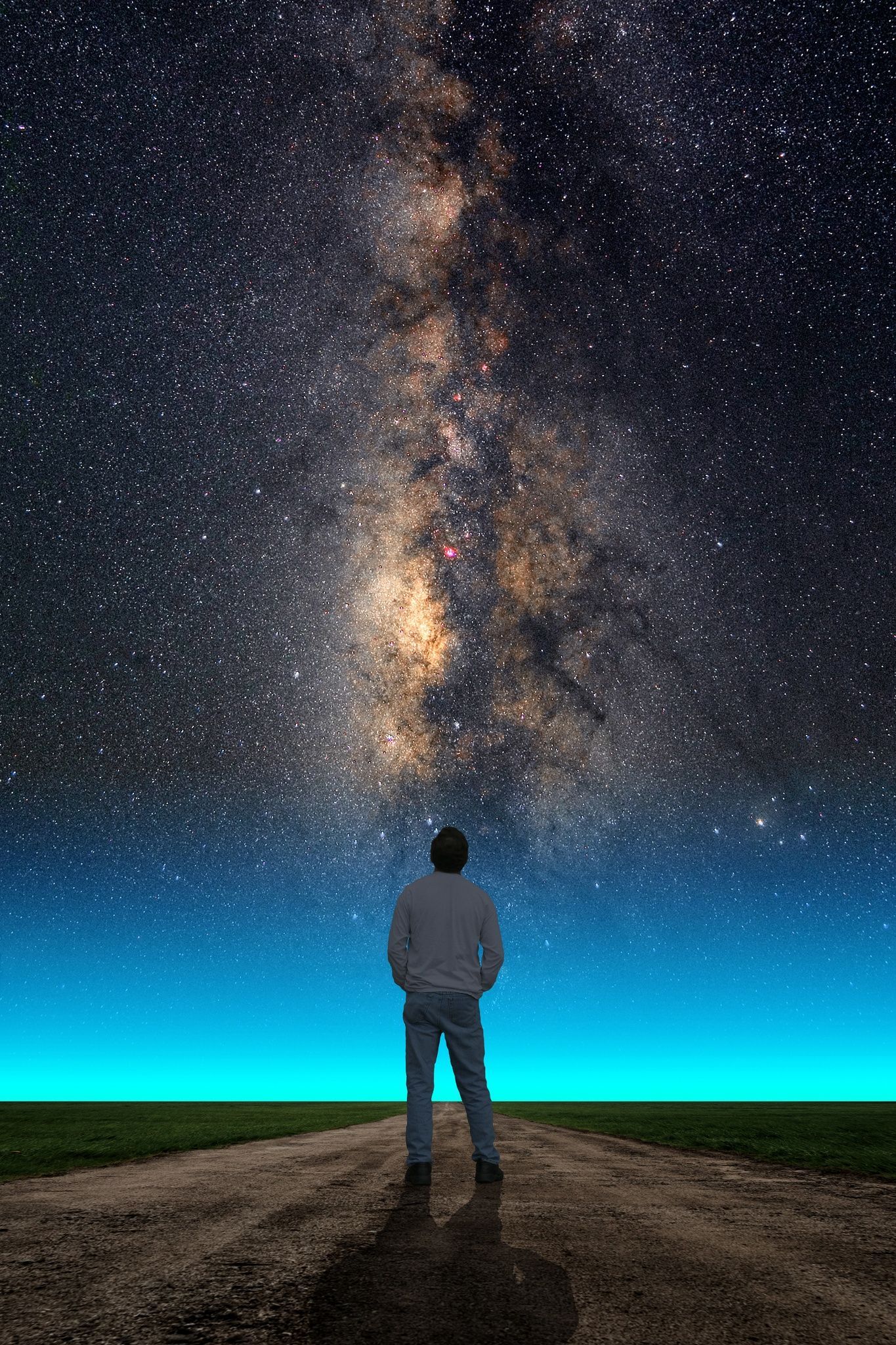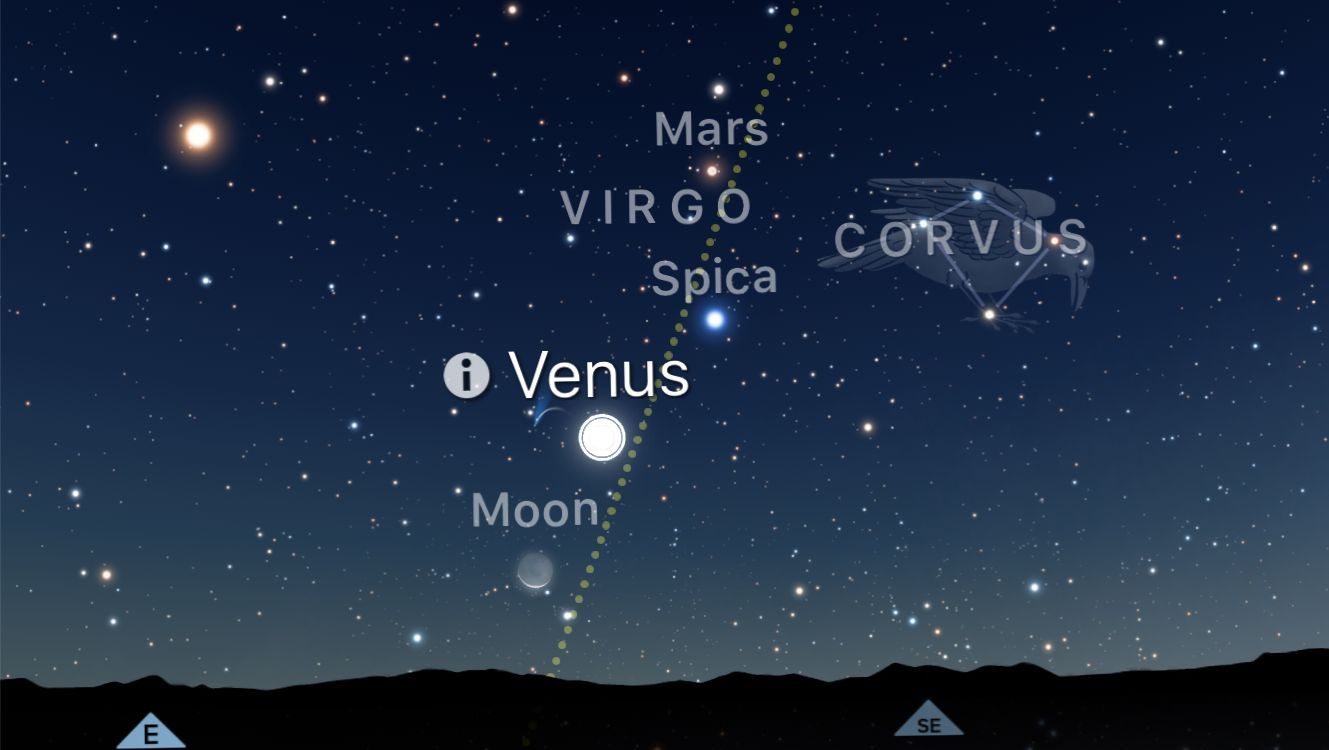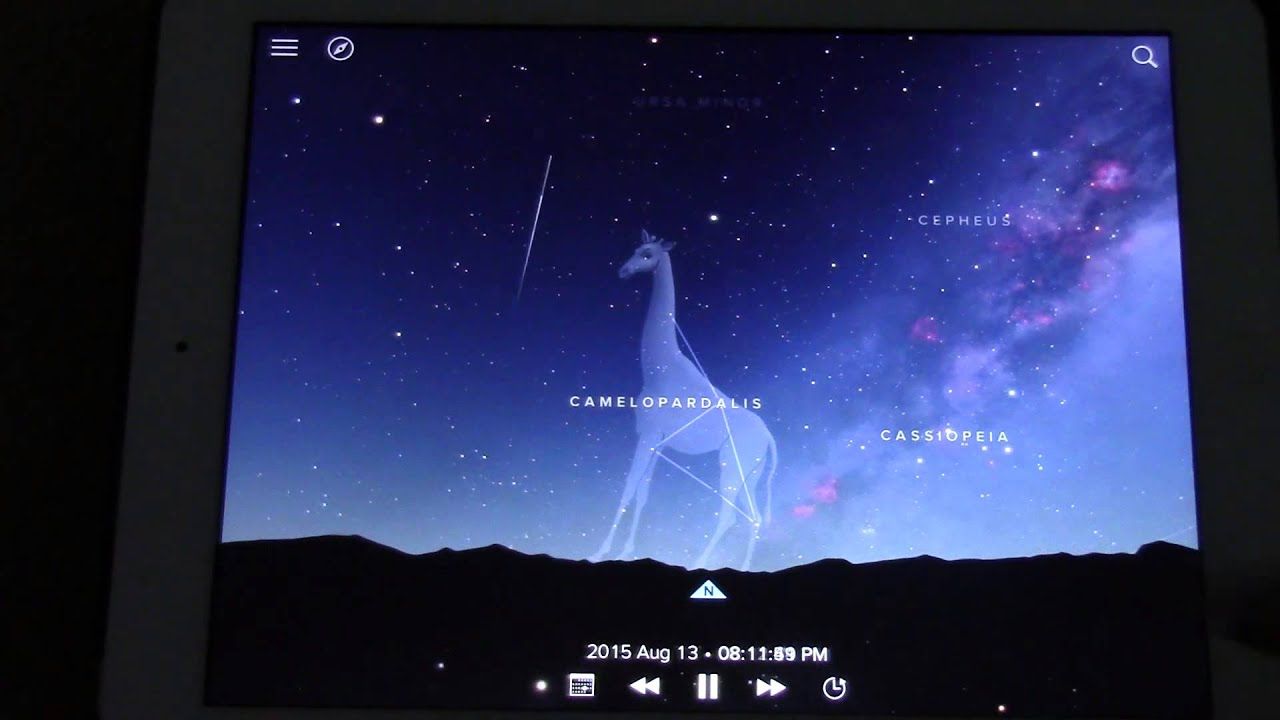Stargazing has been a hobby since the dawn of time, albeit the stars were a bit easier to see back then. With light pollution shutting out much of the night sky for many people, it can't hurt to get as many tips as possible to see the biggest, brightest, and most unique stellar formations out there. On a clear enough night, it's completely possible to see things such as planets and even the Milky Way, and we're not talking about the candy bar... although it doesn't hurt to have one of those while stargazing, either.
Scanning the night sky is calming, serene, and a peaceful way to pass time at home, especially as the season changes. While summer nights often bring with them muggy temperatures and all of those summer bugs, the transition into autumn is the perfect time to see all the sky has to offer, without inhaling a plume of bug spray or sweating in damp humidity. There's something about the crispness of the night air, the calm of the dark sky, and the light from the moon - granted it's not a new moon phase - that speaks to us on a deep, soul-type level. To get all that you can out of stargazing, these tips and gadgets are sure to make the experience unforgettable.
Bring The Indoors, Out
It might sound strange, but stargazing is a lot more pleasant when it's done comfortably. It's amazing how much comfort a blanket or towel laid out on the ground can do, along with some hot cocoa or favorite end-of-summer drinks. When stargazing early in the morning, a hot cup 'o Joe or premade ice coffee can do the trick in both warming a person up and making them even more alert - you wouldn't want to miss a shooting star, right?
Snacks are a great thing to have on-hand especially with kids around, and even a radio or some low music so it's not too silent. Some people appreciate the silence, in which case it's not a big deal - but some easy-going tunes can definitely help to set the mood a bit more. Make sure to shut house lights off as well, because things such as lanterns and flashlights can always be brought outside, but the lights from a house can take away from small details that are often missed without complete darkness.
Do You Need A Telescope?
The short answer is 'no,' however, it doesn't hurt to have one. Telescopes are far more affordable now than they once were and for those who are serious about investing in stargazing and night-sky-observing, it's definitely helpful to have one. The benefits of having a telescope include stronger eyepieces - and variable eyepieces - which allows the viewer to zoom in and out easily and also locate specific areas of the sky. A camera can also be attached to many telescopes, allowing the viewer to take photos of whatever it is that they're seeing. Plus, it's just nice to avoid straining your eyes to scope out a star.
For those who have no interest in a telescope, binoculars can work, too. They might require some pretty high power in order to see certain sky features, but any boost in vision is a welcome boost. Specific astronomy binoculars can be found pretty easily these days, and some are far more affordable than telescopes - these are also great for on-the-go viewing and can be packed for camping and hiking trips.
Some Type Of Sky Chart
None of us were born with infinite knowledge of outer space or where things are located, which makes a sky chart pretty handy for stargazing. With a little work as far as coordinates and timing, it can be fairly easy to pinpoint what stargazers can expect to see in the sky on any given day of the year. Nowadays, there are even smartphone apps that allow users to hold their phones up to the sky and the app will do all the work for them, outlining exactly which constellations, stars, and planets are within viewing range. This information can then be used with the accompaniment of a telescope or binoculars in order to see things you wouldn't otherwise have known were there.
For those who already own telescopes or are considering purchasing one, make sure it comes equipped with a Finderscope - this will help viewers locate certain objects in the sky and get a handle on the positioning. A red dot finder is also helpful, especially for those who are avid sky watchers or are interested in furthering their stargazing hobby.


